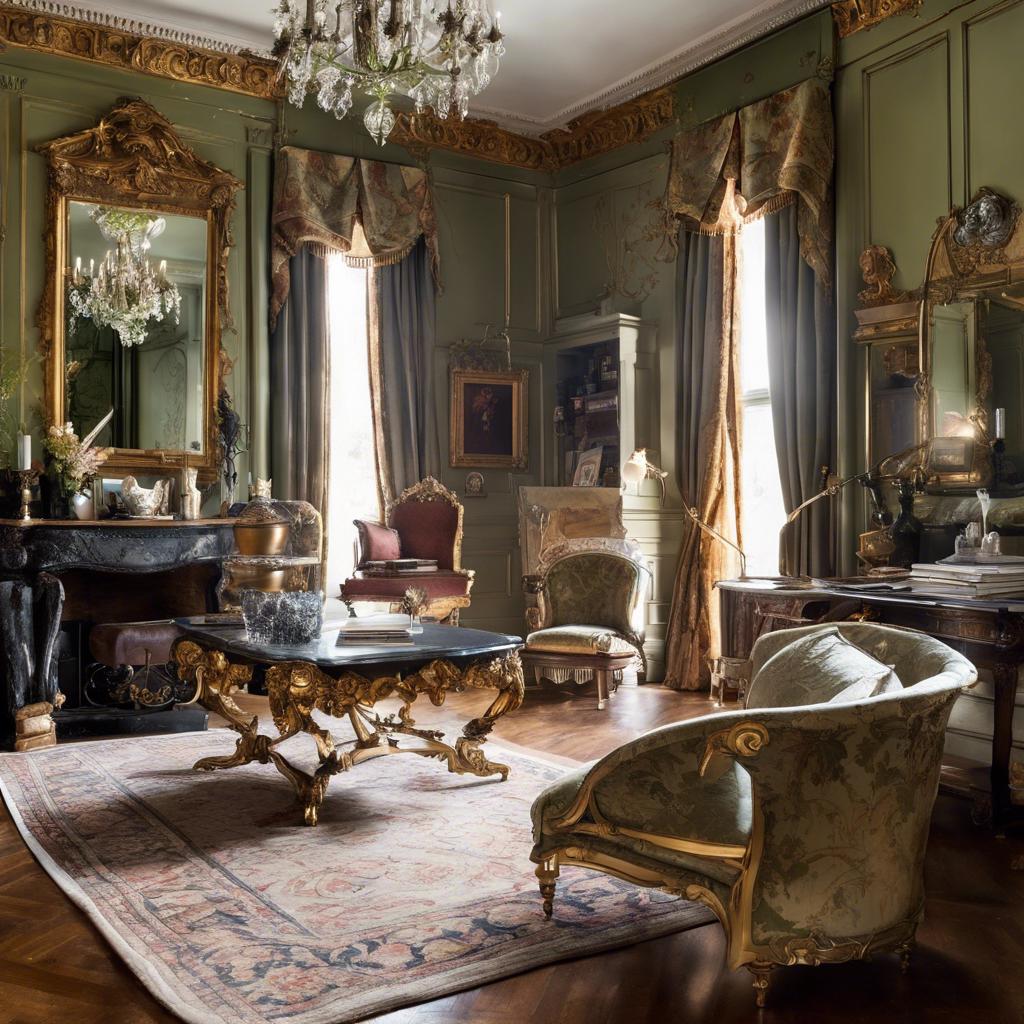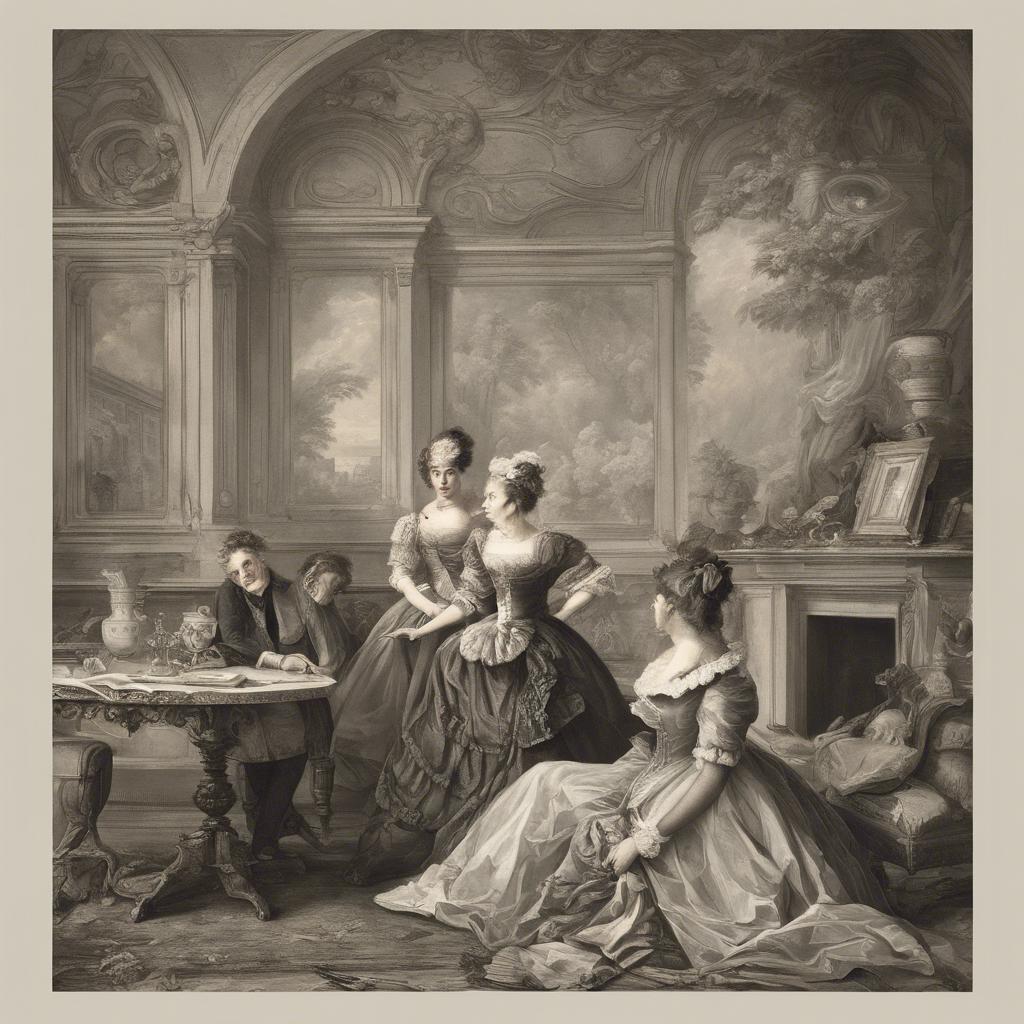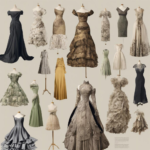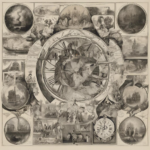After the glamorous and refined Regency era of the early 19th century, a shift in fashion, politics, and society was inevitable. As the fashion plates and literary works of Jane Austen are set aside, a new chapter in history begins to unfold. The post-Regency period promises to bring about a transformation in both style and culture, as society grapples with the changes of a rapidly evolving world. Join us as we explore what comes after the Regency era, and delve into the impacts and influences that shape the years to come.
Step Into the World of Cheryl Bolen
Dive into the enchanting stories of love, intrigue, and elegance set in the Regency Era. Cheryl Bolen's novels offer timeless romance and captivating tales that will leave you wanting more.
Explore Cheryl Bolen's Books Now
Transitioning from Regency Elegance to Victorian Opulence
During the Regency era, elegance and sophistication defined the fashion, architecture, and overall lifestyle of the upper class. However, as the Victorian era approached, a shift towards opulence and grandeur began to take place. This transition marked a significant change in societal norms and cultural aesthetics, leading to a new era of extravagance.
One key aspect of is the evolution of fashion. While Regency fashion was characterized by simple silhouettes and delicate fabrics, Victorian fashion embraced elaborate designs, rich colors, and luxurious materials such as velvet and silk. Women’s skirts became fuller, adorned with intricate trimmings and embellishments, while men’s suits featured elaborate tailoring and accessories.
Alongside changes in fashion, the shift from Regency elegance to Victorian opulence also influenced architectural styles. Victorian architecture favored elaborate ornamentation, intricate details, and grandiose facades. Buildings were adorned with decorative features such as Gothic revival arches, ornate moldings, and intricate wrought-iron balconies, reflecting the opulent aesthetic of the era.
Exploring the Evolution of Fashion and Architecture
In the post-regency era, fashion and architecture saw a shift towards more intricate designs and elaborate styles. The fashion industry began to embrace the romanticism of the Victorian era, with women’s clothing featuring corsets, hoop skirts, and detailed embroidery. In architecture, the gothic revival movement became prominent, with buildings incorporating pointed arches, ribbed vaults, and intricate tracery.
As the Industrial Revolution took hold, fashion and architecture in the post-regency era started to incorporate more industrial elements. In fashion, the use of materials like steel and iron became fashionable, leading to the popularity of structured silhouettes and tailored suits. Similarly, in architecture, buildings began to feature exposed steel beams, large glass windows, and functionalist designs.
The post-regency era also marked the beginning of the arts and crafts movement, which emphasized traditional craftsmanship and intricate detailing. This movement influenced both fashion and architecture, with clothing designs focusing on hand-sewn embellishments and architectural structures showcasing intricate woodworking and handmade decorations. the post-regency era was a time of artistic innovation and creativity in both fashion and architecture.
Navigating the Social Changes and Political Shifts of the Post-Regency Period
In the aftermath of the Regency era, society found itself in a state of flux as social changes and political shifts began to take shape. The rigid hierarchies that defined the previous era were being challenged, giving rise to new ideas and movements that would shape the future of the country.
One of the key social changes during this period was the emergence of a more politically engaged populace. The Reform Act of 1832 marked a significant milestone in British political history, expanding the right to vote and ushering in a new era of political participation. This shift towards a more inclusive political system laid the groundwork for future reforms and developments in the years to come.
As the social and political landscape evolved, so too did the cultural scene of the post-Regency period. The Romantic movement, with its emphasis on individual expression and emotional authenticity, became increasingly influential in the arts and literature of the time. Artists and writers such as Lord Byron and Jane Austen captured the spirit of the age, reflecting the changing attitudes and values of society.
Adapting Literature and Artistic Trends in the Aftermath of Regency England
In the years following the Regency era, literature and artistic trends went through a period of significant evolution and change. Authors and artists grappled with new societal realities and shifting cultural norms, leading to the emergence of fresh and innovative works that reflected the changing times.
Adaptation of themes: Writers began exploring themes such as industrialization, urbanization, and social reform in their works, reflecting the rapid transformation of society. This shift towards more realistic and socially conscious narratives marked a departure from the romanticized and idealized portrayals of the Regency era.
Influence of Romanticism: The influence of Romanticism continued to be felt in literature and art, with creators drawing inspiration from nature, emotions, and the supernatural. However, this romantic sensibility was often juxtaposed with a more pragmatic and critical view of the world, resulting in a complex and layered artistic expression that captured the contradictions of the post-Regency era.
Closing Remarks
As we bid farewell to the Regency era and look towards the future, it is important to remember the lasting impact this period of history has had on European society. The societal changes, cultural advancements, and political upheavals that occurred during this time will continue to shape the world for generations to come. As we move forward into the Victorian era and beyond, let us reflect on the lessons learned from the Regency period and strive to build a more equitable and just society for all. The winds of change are ever-present, and it is up to us to ensure that they blow in the direction of progress and enlightenment.


